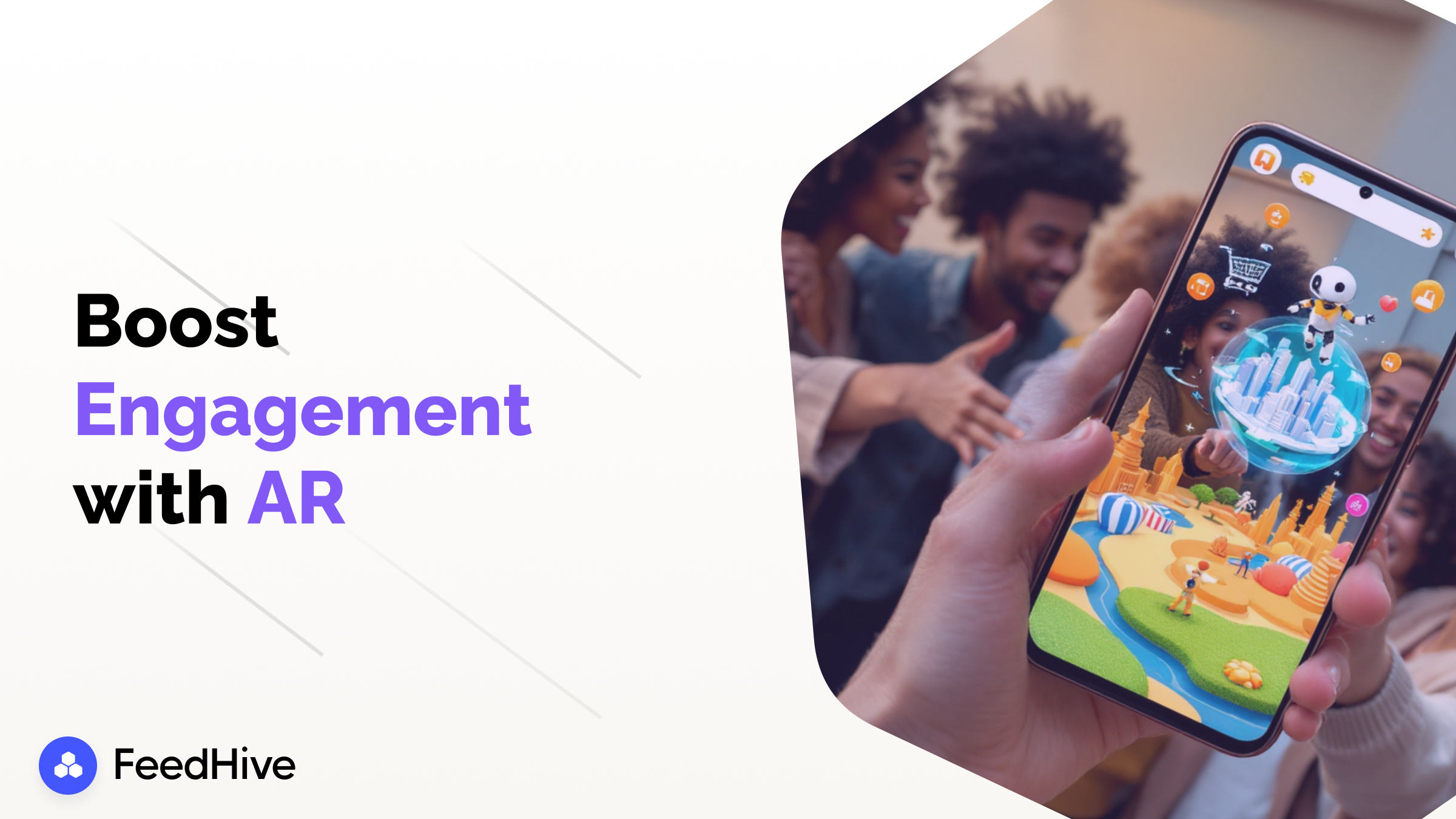
In today's fast-paced digital world, brands are constantly seeking innovative ways to capture their audience's attention. Augmented Reality (AR) is emerging as a powerful tool, providing users with immersive and interactive experiences that deepen engagement and boost brand loyalty. This transformative technology not only breathes new life into marketing campaigns but also offers tangible benefits in connecting with consumers in memorable ways.
Over recent years, AR has been steadily rising as one of the most exciting innovations in the marketing landscape. Social media platforms, renowned for their visual and interactive nature, have embraced AR technology to allow users to engage with branded content in ways that were previously unimaginable. From Snapchat’s interactive AR filters to large-scale activations on urban landscapes, AR is reshaping how brands communicate their messages.
Early adopters have shown tremendous success. For example, Warner Bros. Pictures collaborated with Snapchat to launch a Barbie AR lens that allowed users to try on iconic outfits and interact with globally recognized landmarks like the Eiffel Tower and the Statue of Liberty. This campaign not only built anticipation for the film but also created a memorable experience that resonated with users worldwide (econsultancy.com). As brands continue to experiment and push the boundaries of AR, we are witnessing an evolution that elevates user engagement on social media.
Augmented Reality overlays digital elements—such as images, videos, or animations—onto the real world, typically through smartphones, tablets, or AR-enabled devices. Unlike Virtual Reality, which creates a completely artificial environment, AR enhances the physical world around us by integrating interactive layers of digital information.
Key aspects of AR include:
Understanding these fundamentals is crucial for marketers looking to leverage AR. From content creation to deployment, knowing how AR works allows brands to design experiences that are both technically sound and emotionally compelling.
The integration of AR into marketing strategies provides numerous benefits that not only engage users but also reinforce brand identity:
For instance, Coca-Cola Zero’s #TakeATasteNow campaign turned a simple ad scan into an interactive experience that rewarded users with a digital bottle and a voucher redeemable at Tesco. This gamification of advertising not only entertained but also spurred real-world action (auganix.org).
Several landmark AR campaigns have set a high watermark for innovation in marketing:
Warner Bros. and Snapchat's Barbie AR Activations: Leveraging AR lenses and interactive global landmarks, this campaign immersed users in Barbie’s world by transforming famous monuments into vibrant, pastel landscapes. The creative execution generated buzz and anticipation before the film’s release (econsultancy.com).
Maybelline New York's World's Largest AR Mirror: In a groundbreaking activation in Kyiv, Ukraine, Maybelline created a 43,000 square foot AR mirror that allowed visitors to virtually try on mascara. This large-scale activation earned 3 million organic views, demonstrating the power of visually compelling AR experiences (econsultancy.com).
Burger King's 'Burn That Ad' Campaign: This creative strategy let users scan McDonald’s advertisements with the Burger King app. The result? A “burning” effect that revealed a free Whopper coupon, cleverly turning a competitor's ad into an opportunity for engagement (auganix.org).
Red Bull's World Series Cliff Diving AR Experience: Here, AR was used to simulate a 70-foot cliff dive, offering users a taste of the extreme sports experience and extending the excitement of the event via their smartphones (auganix.org).
These campaigns illustrate how creative AR implementations can drive engagement, differentiate brands, and offer novel ways to connect with consumers.
Creating effective AR content is both an art and a science. Here are some best practices and tools that marketers can consider:
By following these guidelines, brands can craft AR experiences that not only captivate their audience but also drive deeper engagement.
While AR stands out as a unique channel on its own, its true power is realized when integrated into a broader marketing strategy. A holistic approach helps maintain a consistent brand message across all channels:
A well-integrated marketing strategy ensures that AR is not an isolated gimmick but a vital part of a larger storytelling framework that drives continuous engagement.
To ensure that AR initiatives deliver value, it’s crucial to track performance through relevant metrics. Consider the following key performance indicators (KPIs):
By utilizing social media tools like FeedHive, marketers can consolidate data across different platforms for a comprehensive view of their AR campaign's performance.
As AR technology continues to evolve, we can expect even more innovative applications in social media marketing. Here are some exciting trends to watch:
Keeping an eye on these trends ensures that marketers remain at the forefront of innovation, ready to adapt and meet ever-changing consumer expectations.
Augmented Reality is not merely a buzzword—it’s a transformative technology that is reshaping how brands engage with their audience on social media. By offering immersive and interactive experiences, AR captures user attention, drives engagement, and builds lasting brand loyalty. Whether you’re looking to create captivating content with tools like FeedHive or integrate AR into broader marketing strategies, the possibilities are endless. Now is the perfect time to embrace AR and unlock innovative marketing solutions that resonate in today’s digitally connected world.